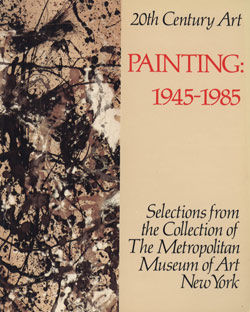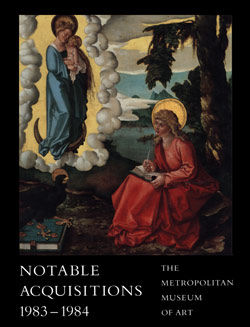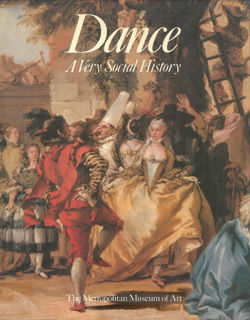Dancing in Colombia
Fernando Botero Colombian
Born in Medellín, Colombia, Fernando Botero began working as an illustrator at the age of sixteen at a local literary magazine. These early drawings were far more naturalistic and traditional than his better-known mature style of inflated figures and overstated images. Romantic Spanish-speaking poets such as Francisco García Lorca and Pablo Neruda as well as local music were among the earliest influences on his art. Later Botero recalled: "I have seen Colonial churches since I was very small, Colonial painting and polychrome sculpture. And that was all I saw. There was not a single modern painting in any museum, not a Picasso, not a Braque, not a Chagall. The museums had Colombian painters from the eighteenth century and, of course, I saw Pre-Columbian art. That was my exposure."
Though his interest in art began in Colombia, Botero eventually traveled to Europe in the 1950s, where he encountered the work of old masters like Giotto and Goya, as well as the art of more contemporary avant-garde artists like Picasso and Braque. He studied fresco technique and art history in Florence between 1953 and 1955, which greatly influenced his subsequent work. Many of his paintings and sculptures, for example, actually contain references to such European masters as Jan Van Eyck and Peter Paul Rubens and embrace the Renaissance tradition of voluptuous nudes and statuesque figures. It was in Europe during his formative years that Botero began to simplify his images and shortly thereafter developed his signature style: oversized, sometimes grotesque, figures and inflated still lifes that expand across the composition. In the 1970s, Botero translated his oversized images to sculpture, producing enormous bronze figures and animals that literally measured eight to fifteen feet in height and length.
Botero's art often depicts scenes of leisure in which people are shown drinking or dancing. Though his satirical renderings may seem humorous at first, they are often laden with social and political commentary. Dancing in Colombia depicts a lively café scene. The room seems overcrowded with seven musicians, two dancers, and a jukebox. Details such as the floor littered with cigarettes and fruit and the exposed light bulbs on the ceiling suggest that this particular café is rather seedy, attracting clients of a decadent and perhaps immoral nature. One can almost imagine the odors of sweat, tobacco, liquor, and cheap cologne that fill the space or the rooms upstairs that can be rented by the hour, although none of this is explicitly communicated. Curiously, there is a vast difference in demeanor between the two groups of figures. The musicians stare blankly and seem to be part of an inanimate still life arrangement. They are the backdrop for the inexplicably smaller couple who dance before them with wild abandon, hair and legs flying. Like other works from this period, the surface of this painting is extremely smooth, with few traces of brushwork; color is muted, although small areas of red, yellow, and green appear garishly bright.
Due to rights restrictions, this image cannot be enlarged, viewed at full screen, or downloaded.





